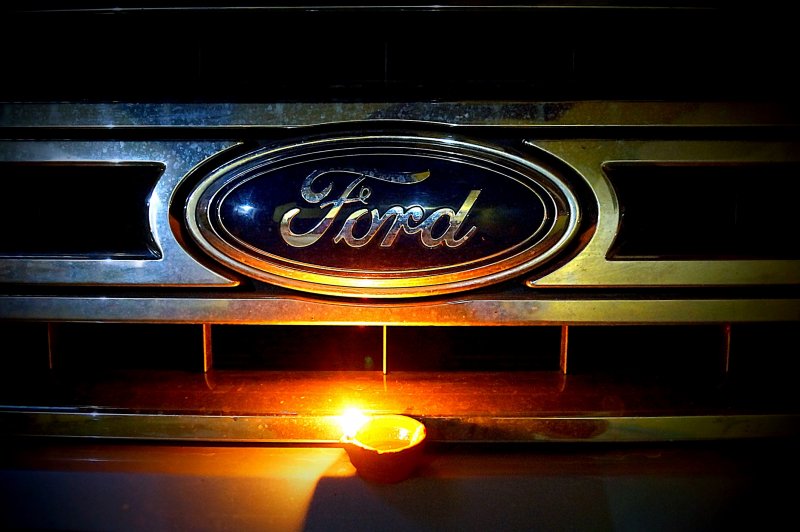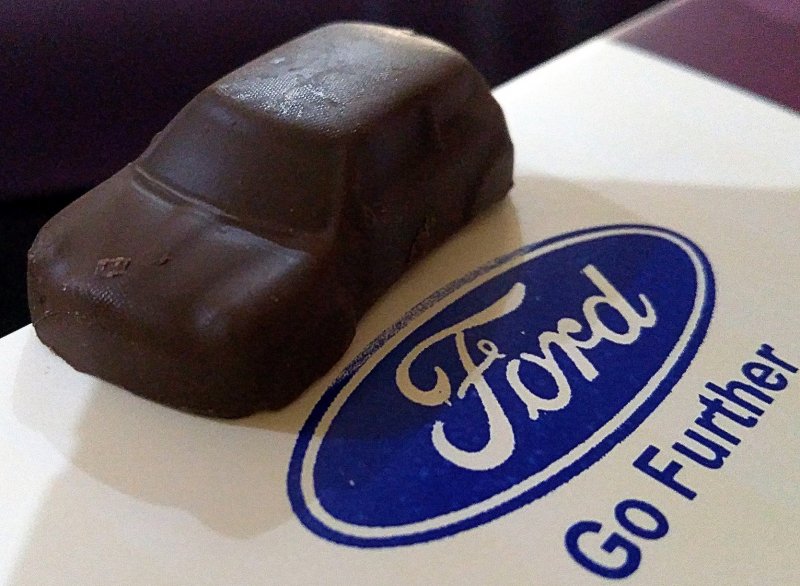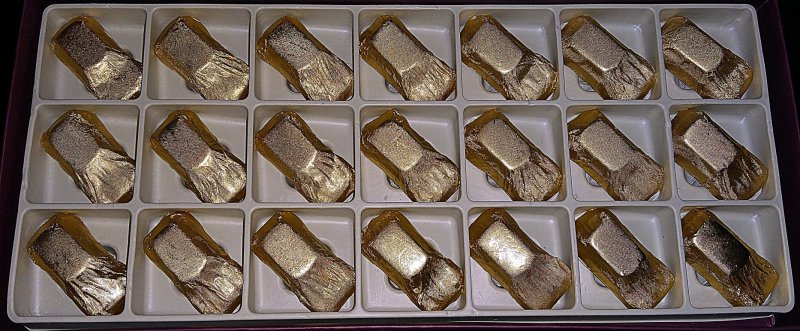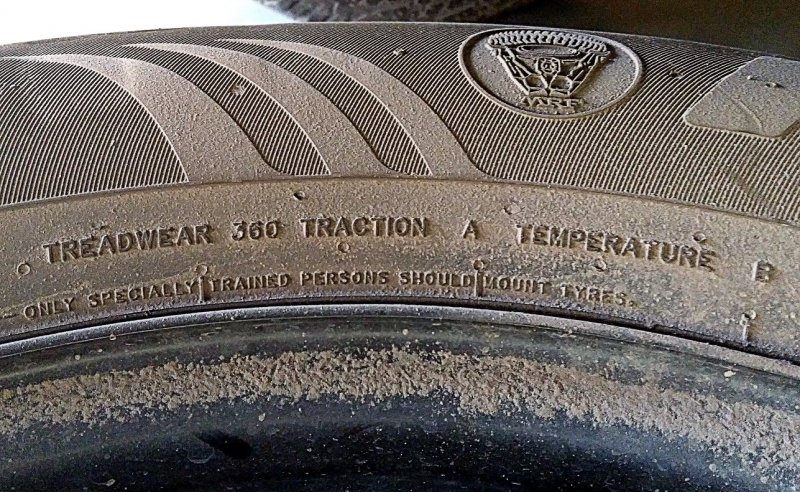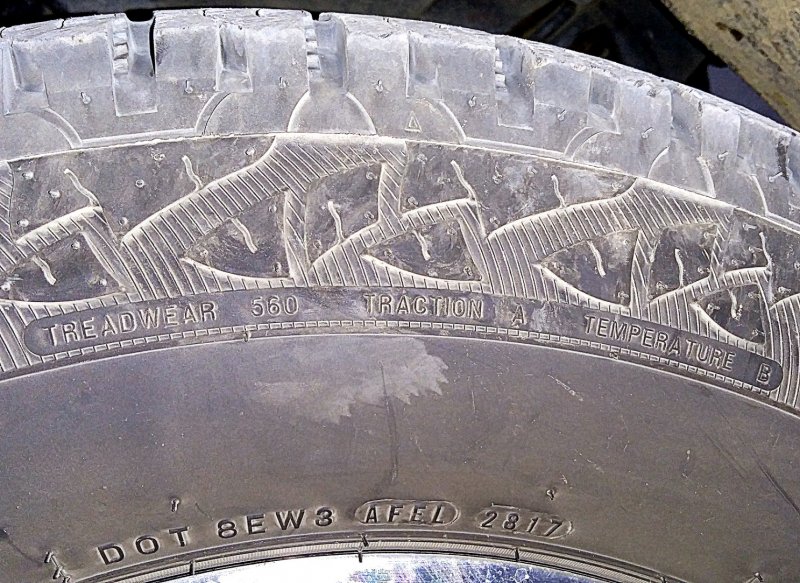Tyre replacement – Upping the Safety quotient and adding comfort:
Even before buying the truck, I was asked to replace the tyres by a couple of friends but unfortunately none of them could answer the question on performance of stock MRF tyres as they swapped tyres right out of showroom. Ideally, that’s the best approach if you want most value for your stock tyres but having some faith in MRF tyres, I didn’t go with this approach.
Over the last 5K kms, the following observations about the stock MRF tyres were made:
a. Grip – the rains which followed since the purchase revealed how poor the tyres were with water dispersion and overall grip in wet. Experiencing aquaplaning in the city, while driving with-in speed limits, that too when climbing a flyover was shocking.
b. Noise – with the music off, you could hear a roar in the cabin which would increase with speed till 120 Kmph after which the wind noise would become more prominent. This roar became deafening on the concrete highways.
c. Comfort – the stiff sidewall ensured that the cushioning effect from the tyres itself was missing on minor undulations. The suspension would react to the bumps in the best way possible but the initial jerk due to stiff sidewalls meant the sharpness of the jerk was always felt.
The problem was defined and the search for answer started. For a & b, swapping to good tyres would be enough but to address c, there were 2 possible scenarios – either downsize to 17” rims with tyres 265/65R17 and maintain overall size with-in 0.3% of the original tyre or upsize the tyre on 18” rim itself.
The first scenario was quickly ruled out as it involved more dosage of Vitamin M (Money). There were no options available with the 17” rim in 8Jx17 size having ET55 offset and PCD 6x139.7 and playing with any of these numbers was not an option. Getting 3 more steel spare wheel rims which is 17” was the only solution to this option but the steel wheels would have taken away the premium look and affected resale whenever it would be done.
Look with the Spare wheel placed besides the rear wheel
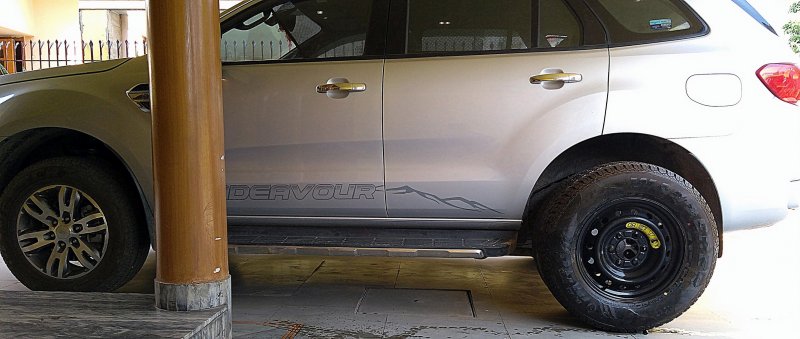
Even for the second scenario, there were only a few options but it was an eyeopener that the stock size was available in HT with premium brands (Michelin / Pirelli) and the stock size available in AT (Yokohama / Maaxis) was actually priced higher or at most similar to the price of the upsized version. It was clear that upsize would be the end solution all 3 problems involving the least dosage of Vitamin M.
The tyre size was finalized at 285/60R18 and
this link was very helpful in understanding that the upsize would not require any re-engineering. As per
this link, the section width would increase by 20mm (8%), sidewall would increase by 12mm (8%) and the overall diameter by 24mm (3%) over stock tyre. The increased sidewall coupled with a tyre having better rubber compound would definitely aid comfort. The only confusion was related to scrub radius being changed by -4mm over stock but Wikipedia suggested that it would provide greater stability.
Maaxis was ruled out due to majority criticism being on tyre noise. Yokohama was the only option it seemed in AT but with the past experience of punctures experienced in SFX, I was reluctant. It looked like the plan would be shelved but then Mr. Karan from Kartar Tyres came to the rescue. He suggested Nexen Roadian AT Pro RA8 tyre and the exchange price for the used MRF tyres was quite good.
A quick search revealed some good reviews about grip in wet, low noise and comfort with added advantage low tread wear. A video even claimed it to be among top 5 AT tyres and this tyre even won
top score in Jeep test (link).
Finally on a visit to Delhi, the tyres were changed. Unfortunately, the balancing could not be done at his end due to non-availability of the right center cone and the same was performed at a separate shop. The wheels were labelled and fitted back at the same place to avoid learning of the TPMS sensor location which requires a visit to the Ford Secvice Center. The MRF’s looked as if they had developed uneven roughness and the tread depth was between 7mm to 7.5mm as opposed to 8.5mm found on the new spare tyre of the Endeavour itself. The new Nexen tyres had a tread depth exceeding 9.5mm and even their sidewall looks very aggressive. As per user reviews, they are known to be long lasting. They were manufactured in South Korea and looked like a recent import as the manufacturing date read 2817.
Tyres wrapped in their protection covering
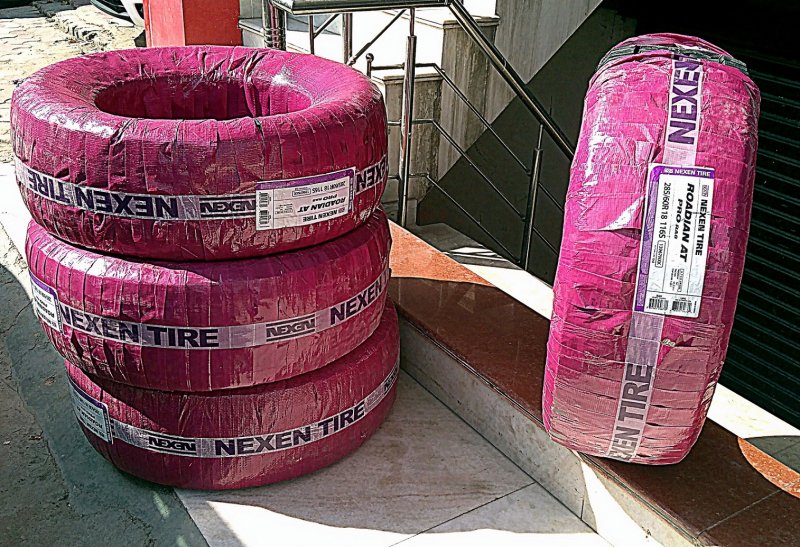
The label
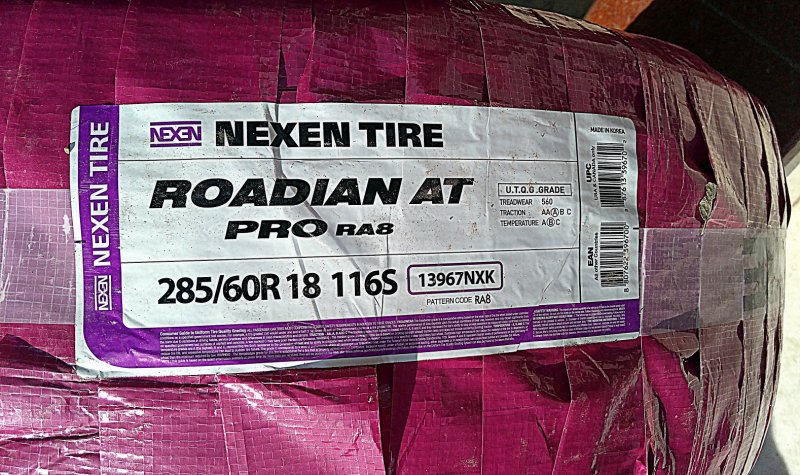
Jacked-up for the transformation
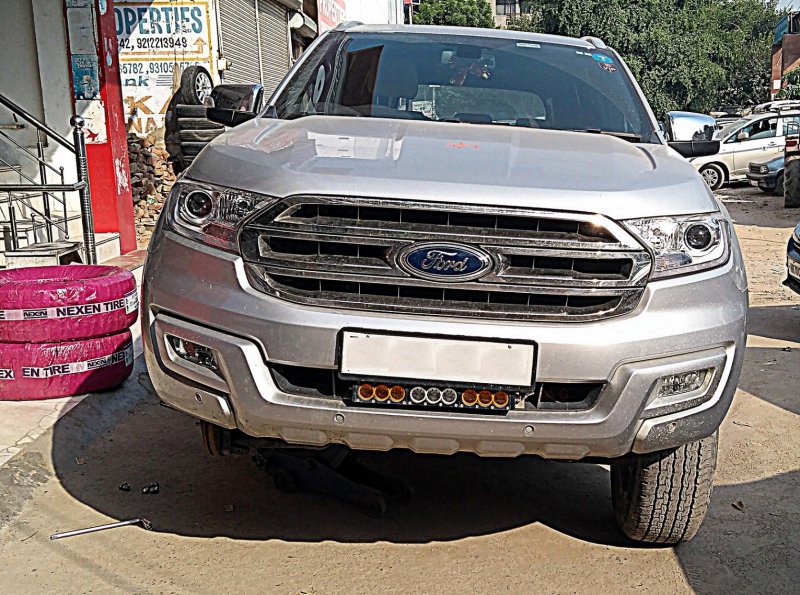
Rear Tyre installed
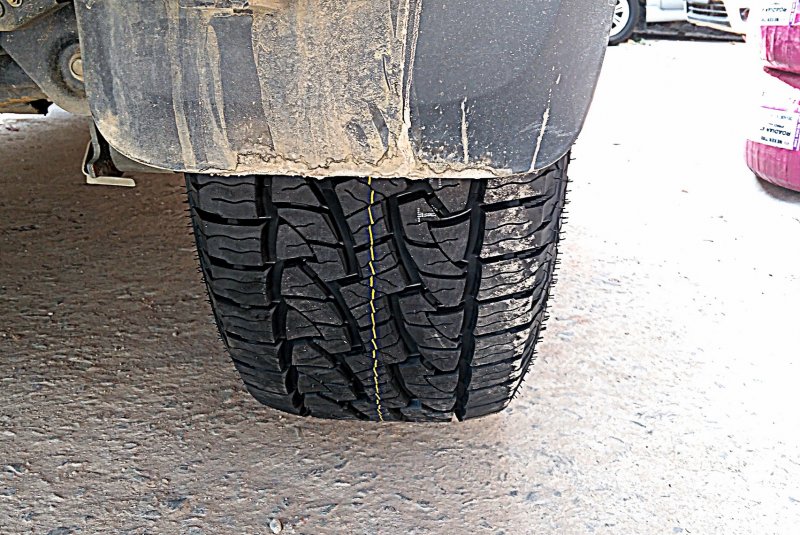
Comparing the last tyre with the stock MRF before install

TPMS sensor on the rim
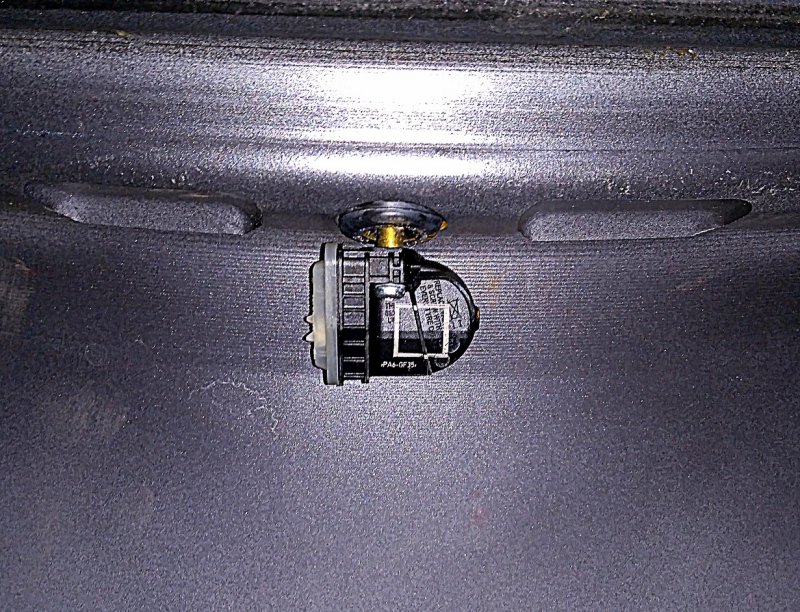
Aggressive pattern on the sidewall
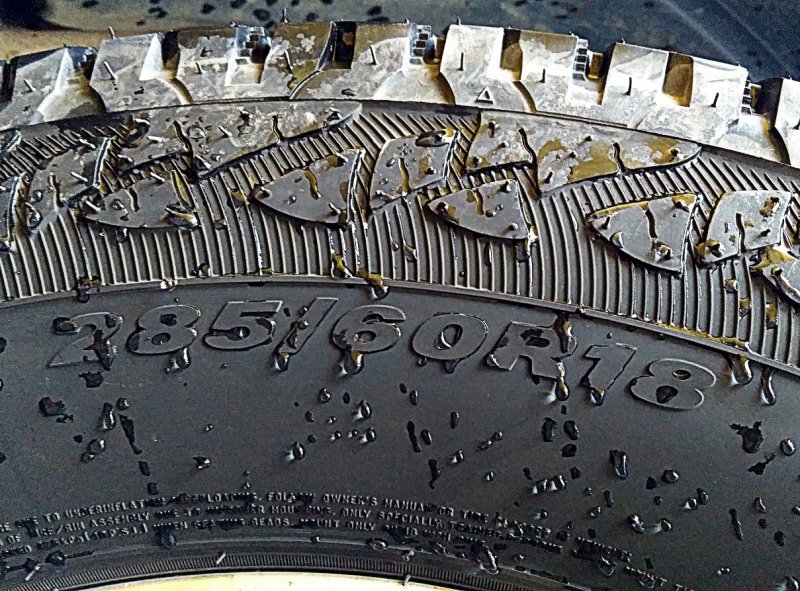
The complete sidewall
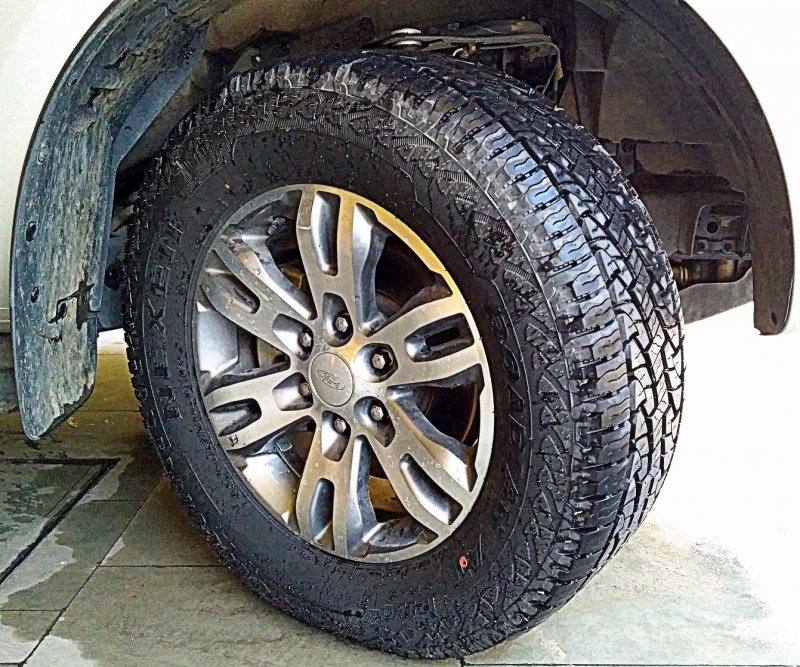
Fitting just inside the body
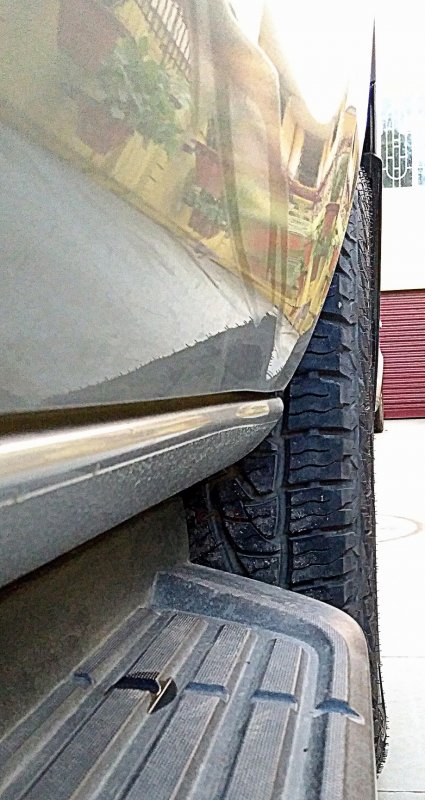
Having covered close to 900 kms on the new tyres in a week, initial observations look promising. The transformation in comfort is most prominent – gone is the sharpness of any bump and it feels like you are literally floating over broken roads even at 32 Psi all around (MRF were back breaking even at 30 Psi). Grip in wet is quite good and it kicks out an exceptional amount of dirt from the road. Noise is well controlled as of now and I hope it stays that way. Only drawback is that it catches small stones very easily and the wider footprint might affect FE.


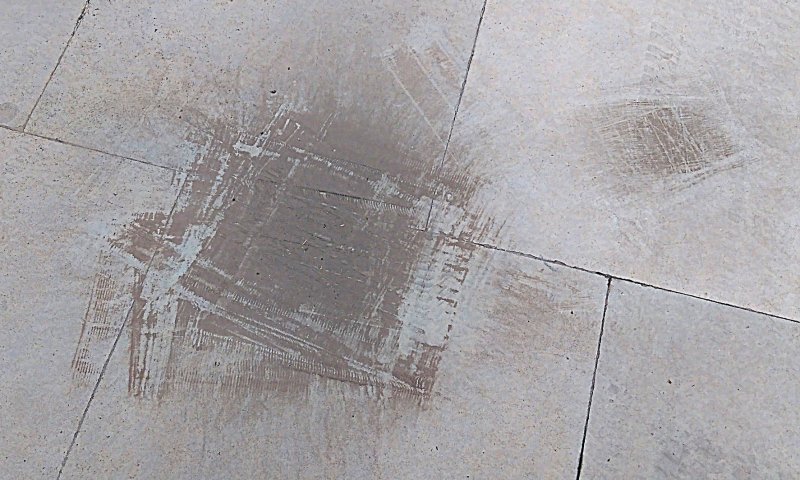










![Smile [:)] [:)]](https://www.theautomotiveindia.com/forums/images/smilies/Smile.gif) .
.![Clap [clap] [clap]](https://www.theautomotiveindia.com/forums/images/smilies/Clap.gif) .
.